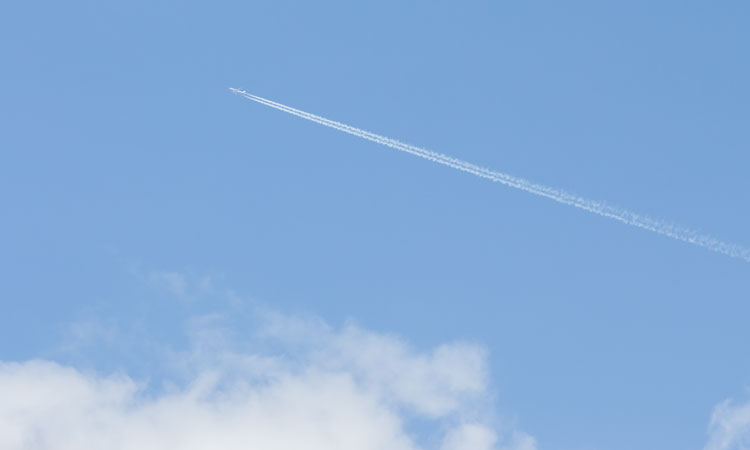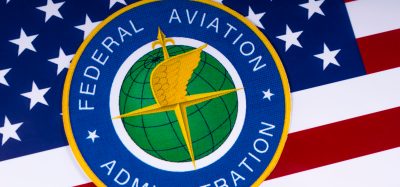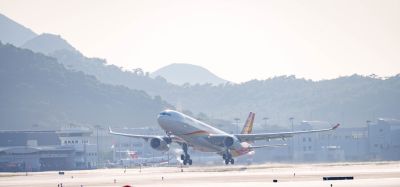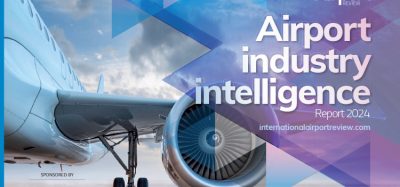With international travel still locked down, aviation recovery is delayed
- Like
- Digg
- Del
- Tumblr
- VKontakte
- Buffer
- Love This
- Odnoklassniki
- Meneame
- Blogger
- Amazon
- Yahoo Mail
- Gmail
- AOL
- Newsvine
- HackerNews
- Evernote
- MySpace
- Mail.ru
- Viadeo
- Line
- Comments
- Yummly
- SMS
- Viber
- Telegram
- Subscribe
- Skype
- Facebook Messenger
- Kakao
- LiveJournal
- Yammer
- Edgar
- Fintel
- Mix
- Instapaper
- Copy Link
Posted: 28 July 2020 | International Airport Review | No comments yet
IATA predicts global passenger traffic will not recover to pre-COVID-19 levels until 2024, due to continuing international travel restrictions.


The International Air Transport Association (IATA) has released an updated global passenger forecast, showing that the recovery in traffic has been slower than expected.
In the base case scenario:
- Global passenger traffic (revenue passenger kilometres or RPKs) will not return to pre-COVID-19 levels until 2024, a year later than previously projected
- The recovery in short-haul travel is still expected to happen faster than for long-haul travel. As a result, passenger numbers will recover faster than traffic measured in RPKs. Recovery to pre-COVID-19 levels, however, will slide by a year from 2022 to 2023. For 2020, global passenger numbers (enplanements) are expected to decline by 55 per cent compared to 2019, worsened from the April forecast of 46 per cent.
The more pessimistic recovery outlook is based on a number of recent trends:
Slow virus containment in the U.S. and developing economies
Although developed economies outside of the U.S. have been largely successful in containing the spread of the virus, renewed outbreaks have occurred in these economies, as well as in China. Furthermore, there is little sign of virus containment in many important emerging economies, which in combination with the U.S., represent around 40 per cent of global air travel markets. Their continued closure, particularly to international travel, is a significant drag on recovery.
Reduced corporate travel
Corporate travel budgets are expected to be very constrained as companies continue to be under financial pressure. In addition, while historically GDP growth and air travel have been highly correlated, surveys suggest this link has weakened, particularly with regard to business travel, as video conferencing appears to have made significant inroads as a substitute.
Weak consumer confidence
While pent-up demand exists for visiting friends and relatives and leisure travel, consumer confidence is weak in the face of concerns over job security and rising unemployment, as well as risks of catching COVID-19. Approximately 55 per cent of respondents to IATA’s June passenger survey don’t plan to travel in 2020.
“Passenger traffic hit bottom in April, but the strength of the upturn has been very weak. What improvement we have seen has been domestic flying: International markets remain largely closed. Consumer confidence is depressed and not helped by the UK’s decision to impose a blanket quarantine on all travellers returning from Spain. In many parts of the world, infections are still rising. All of this points to a longer recovery period and more pain for the industry and the global economy,” said Alexandre de Juniac, IATA’s Director General and CEO.
“Domestic traffic improvements notwithstanding, international traffic, which in normal times accounts for close to two thirds of global air travel, remains virtually non-existent. Most countries are still closed to international arrivals or have imposed quarantines, that have the same effect as an outright lockdown. Summer – our industry’s busiest season – is passing by rapidly; with little chance for an upswing in international air travel unless governments move quickly and decisively to find alternatives to border closures, confidence-destroying stop-start re-openings and demand-killing quarantine.”
IATA urges governments to implement a layer of measures including the International Civil Aviation Organization’s (ICAO’s) global guidelines for restoring air connectivity contained in ICAO’s Takeoff: Guidance for Air Travel through the COVID-19 Public Health Crisis. IATA also sees potential for accurate, fast, scalable and affordable testing measures and comprehensive contact tracing to play a role in managing the risk of virus spread while re-connecting economies and re-starting travel and tourism.
Related topics
Aeronautical revenue, Airport crisis management, COVID-19, Economy, Regulation and Legislation

















